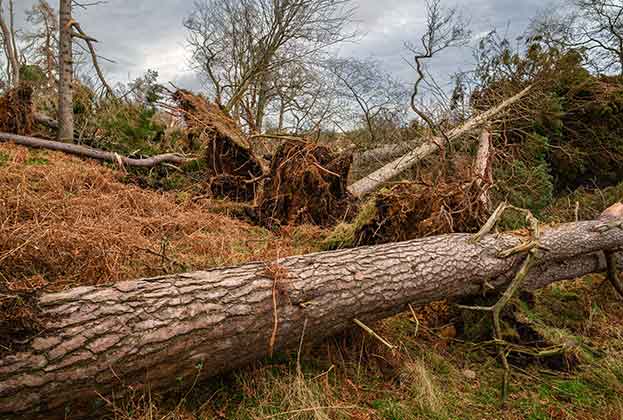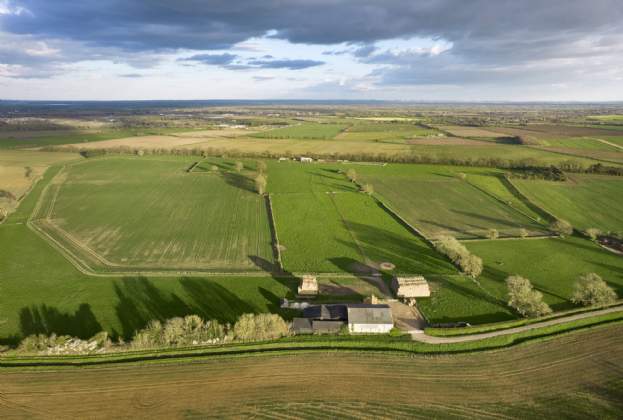Over the last 12 to 18 months we have seen a marked increase in the number of landowners making crop compensation claims – often triggered by infrastructure projects such as gas or water pipelines, electrical works or transport upgrades.
The matter can be complex, but here are some key points for landowners and farmers to consider.
When can a claim be made?
A claim can be made when works are carried out on land by a third party where the land is potentially negatively affected. Compensation is sought when the landowner loses potential income because of the works.
It is typically worked out by measuring the area affected and multiplying it by the amount of income lost per acre or per hectare – either the value of the crops or loss of payments from schemes such as Countryside Stewardship.
Compensation is paid by the body that benefits from the works – a utilities company or local authority, for example – and is normally financial. However, benefits in kind can also be agreed.
In a recent example we dealt with a third party who laid an area of hardstanding that would also benefit the landowner. We agreed that the landowner would be paid a rent for the area for the duration of the works, but the third party did not have to pay for the land to be returned to full agricultural production.
How to make a claim
All claims must be raised with the company benefitting from the works – and very often they will have a named individual or agent in place to handle enquiries.
When making a crop loss claim the landowner should measure the area affected by the works, state the type of crop in the field and agree a value for the crop. Depending on the condition the area will be left in, it is also worth noting how much effort and cost it will take to return the land to agricultural use.
If the works are in a wheat field in May for example, the crop loss will be for the potential value of the crop at harvest. If the area is affected in February, the compensation may be for the work in establishing the winter crop as well as restoring the land, re-establishing a spring crop and any potential income lost as a result of growing a spring crop rather than a winter crop.
Costs are typically taken from industry agreed publications such as the NAAC farm contracting charges or alternatively can be worked out from accurate application and establishment records.
Points to consider
First and foremost, it’s important to understand your land. Knowing the potential of your crop based on past yield records and forecasts will allow you to make the best of your claim.
If the works disrupt land currently managed under an environmental scheme you should also inform the Rural Payments Agency (RPA) in writing.
Keep detailed records throughout the process, with any claim made as soon as possible following completion of the works.
Last but not least, know your rights. Understand what you’re entitled to throughout the process. If in doubt, seek professional advice on the appropriate legislation and compensation provisions.
Further information
Contact Matt Riddington, Ella Rowe or Kieran Vallance
.jpg)

.jpg)
.jpg)



.jpg)
.jpg)
.jpg)
